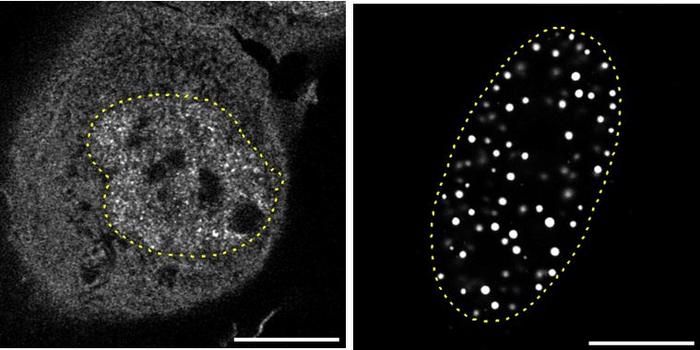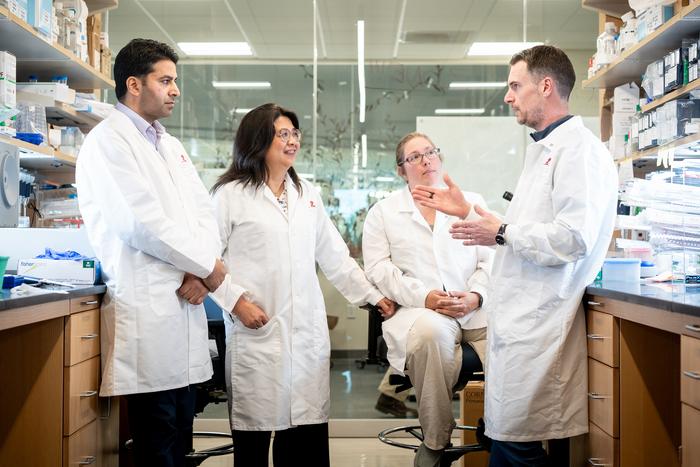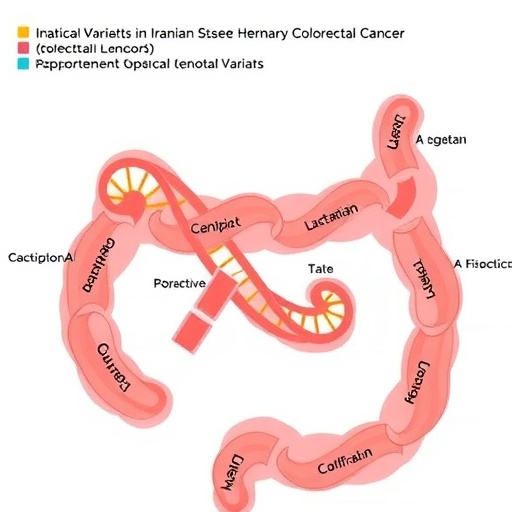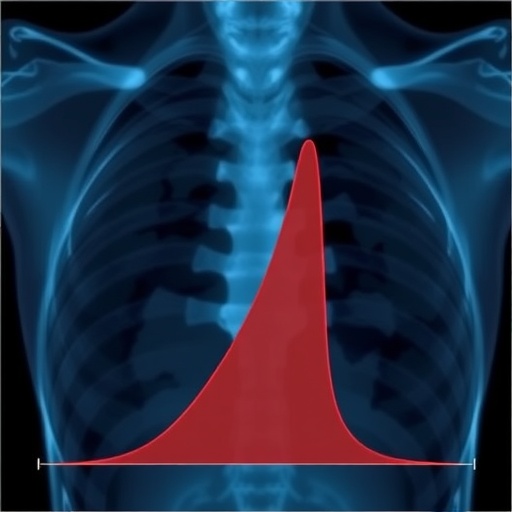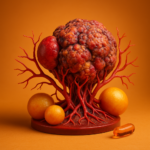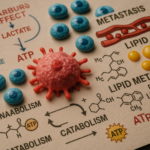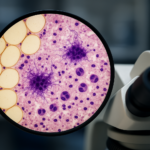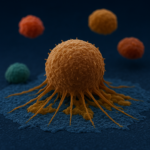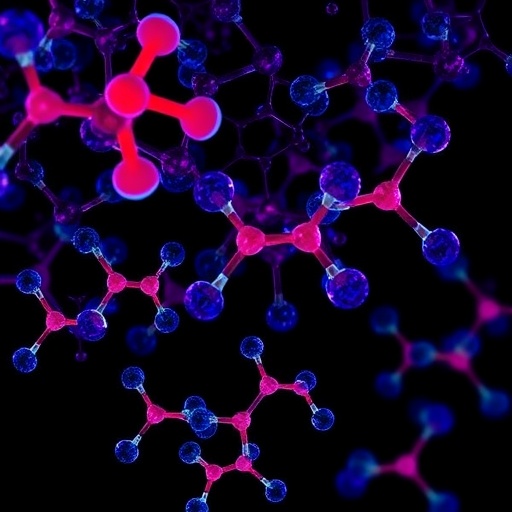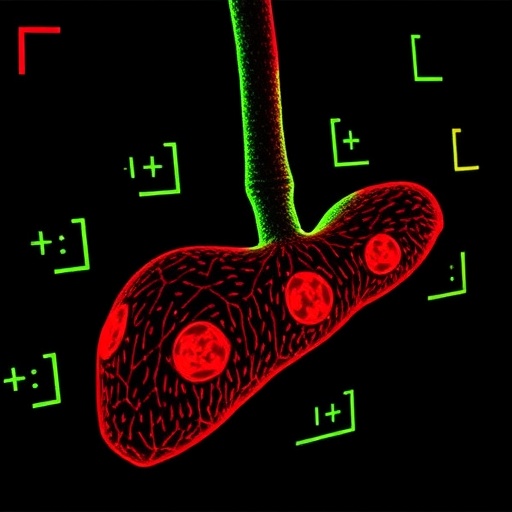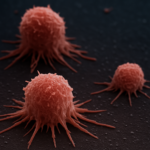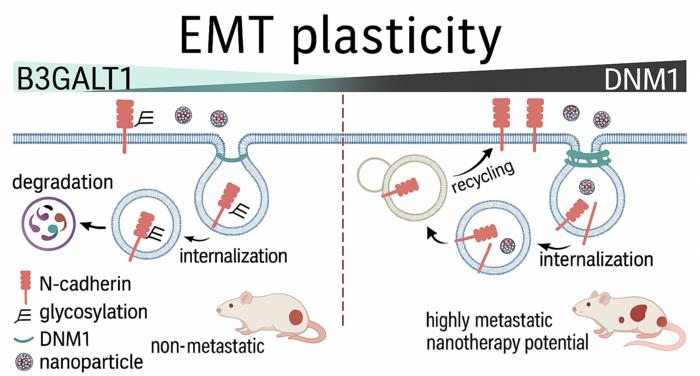Now Reading: Stilben Glikozid Oligomerleri, Kanserde Ferroptozisi İnvoke Eder
-
01
Stilben Glikozid Oligomerleri, Kanserde Ferroptozisi İnvoke Eder
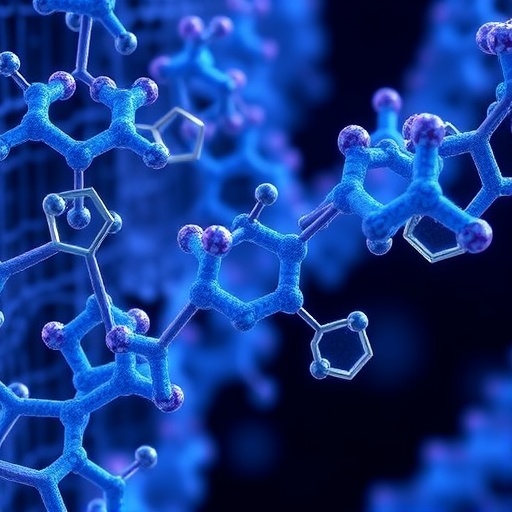
Stilben Glikozid Oligomerleri, Kanserde Ferroptozisi İnvoke Eder
Cancer research is an ever-evolving field, and one area that has garnered significant attention is the treatment of aggressive types of cancer, such as triple-negative breast cancer (TNBC). This subtype of breast cancer is particularly challenging due to its lack of targeted therapies and its aggressive clinical behavior. Within this context, traditional herbal remedies have started to emerge as potential players in therapeutic strategies. One such remedy, Polygonum multiflorum, along with its active compound trans-2,3,5,4̕-tetrahydroxystilbene 2-O-β-D-glucopyranoside (TSG), has shown promise in inducing ferroptosis, a regulated form of cell death that could open new avenues for treating TNBC.
Ferroptosis is distinct from the well-known processes of apoptosis and necrosis. It is characterized by the accumulation of lipid peroxides, making it an alluring target for cancer therapies in which conventional methods have fallen short. The recent findings that TSG can induce ferroptosis specifically in TNBC cells highlight the compound’s ability to generate oxidative stress. Increased levels of reactive oxygen species (ROS) and lipid peroxides, such as 4-hydroxynonenal (4-HNE), play crucial roles in facilitating this oxidative stress-induced cell death, offering a promising therapeutic strategy for TNBC.
The experiments conducted surrounding TSG and its effect on TNBC cells have been rigorously documented through both in vivo and in vitro methodologies. These studies have reported marked reductions in the proliferation and metastatic potential of TNBC cells after treatment with TSG. The results not only bolster the case for TSG as a potential clinical agent but also showcase its dual functionality in restraining both cancer cell growth and invasive properties. As the need for effective therapies for TNBC grows, TSG offers a compelling subject for deeper clinical exploration.
Notably, the research team did not stop at TSG alone; they also explored other stilbene glycoside oligomers derived from Polygonum multiflorum. These compounds exhibited similar cytotoxic effects on TNBC cell lines, emphasizing the significant therapeutic potential of this traditional plant. Understanding how these compounds can induce ferroptosis in cancer cells broadens the horizon for treatment options, especially for patients with limited available therapies. This exploration could pave the way for a more expansive development of herbal-based treatments in oncology.
The intersection of traditional herbal medicine and modern scientific inquiry raises intriguing possibilities for cancer treatment. With the ongoing documentation of efficacy and safety of compounds like TSG, the landscape of cancer care might shift towards a more integrative and holistic model. Combining indigenous knowledge with contemporary pharmacological techniques could result in novel therapeutic modalities that are both effective and exhibit lower toxicity levels compared to current conventional treatments.
Crucially, the mechanisms of action that underlie TSG’s induction of ferroptosis necessitate thorough exploration. Investigating the signaling pathways involved can yield critical insights that inform future research and therapeutic designs. Understanding these pathways will not only enhance the development of TSG-based therapies but also position ferroptosis as an avenue for reinforcing existing treatments, potentially leading to improved patient outcomes in aggressive cancer types like TNBC.
Moreover, recognizing the metabolic vulnerabilities that cancer cells exhibit is imperative in developing effective therapeutic strategies. The reliance on oxidative stress as a pathway to induce ferroptosis dovetails with evidence that many cancer cells can adapt to oxidative damage. Harnessing and consistently exploiting these vulnerabilities could lead to transformative improvements in how patients facing aggressive malignancies are treated.
The broader implications of this research encompass critical discussions between pharmacognosy and biotechnology. The alignment of bioactive compounds from natural sources with cellular pathways and functions highlights the importance of continued interdisciplinary collaboration. This dialogue could yield substantial breakthroughs, driving the translation of natural products into efficacious therapeutic agents with tangible clinical benefits.
In summary, findings related to Polygonum multiflorum and its active component TSG underscore the immense, often untapped potential for natural products in cancer therapy. As research continues to unravel the complexities of ferroptosis and its applicability in clinical settings, the dream of integrating such compounds into standard cancer treatment regimens approaches becoming a reality. The ongoing exploration paves the way not just for redefining TNBC therapeutic paradigms but also for extending hope to numerous patients battling one of the most challenging types of cancer.
**Araştırma Konusu**: Polygonum multiflorum Stilbene Glycoside Oligomers’in üçlü negatif meme kanseri hücreleri üzerindeki etkileri.
**Makale Başlığı**: Polygonum multiflorum Stilbene Glycoside Oligomerleri üçlü negatif meme kanseri hücrelerinde ferroptozu indükler.
**Haberin Yayın Tarihi**: 2025
**Web References**: https://doi.org/10.1186/s12885-025-13999-z
**Doi Referans**: https://doi.org/10.1186/s12885-025-13999-z
**Resim Credits**: Scienmag.com
**Anahtar Kelimeler**: Üçlü negatif meme kanseri, ferroptoz, Polygonum multiflorum, trans-2,3,5,4ʹ-tetrahydroxystilbene 2-O-β-D-glucopyranoside, oksidatif stres, lipid peroksitleri, kanser tedavisi.












